Rare Rides: A Beautiful Alfa Romeo 6C From 1952

Today we take a look at a stylish grey Alfa Romeo that is the only example of its type. With coachwork from one of the greatest names in the business, it’s Fifties artwork that moves.
The 6C moniker was one Alfa Romeo used on several different vehicles for nearly three decades. The nomenclature meant there were six cylinders under hood, always in an inline configuration. Fittingly, there were six major versions of 6C, spanning 1927 to 1954. As the 6C ranged from racing to luxury vehicles, Alfa built the chassis and left much of the body building to Italian coachbuilders. Names like Zagato, Castagna and Pininfarina adorned various versions of 6C, as their wealthy owners took part in races or driving to their lakeside homes. All very glamorous stuff.
By the late Thirties, the 6C was in its fifth iteration, and its final road-going version. Entering production in 1938 was the 2500. It boasted a 2.5-liter engine and a four-speed manual, and was more advanced and powerful than its predecessor. Alfa engineer Vittorio Jano created a DOHC engine with Weber carburetors numbering one or three. Power figures ranged from 87 horses to 145 if equipped with the triple.
The 2500 was also produced in different lengths depending on consumer preference. The shortest and most expensive 106.3-inch wheelbase was called the Super Sport. Size scaled up to 118.1 inches for the regular Sport. For touring purposes, a long 128-inch Turismo version promised the most comfort and passenger space. Racing versions were named Tipo 256, and eight examples competed during 1939 and 1940 in the 24 Hours Le Mans and Mille Miglia.
In this generation, the majority of the coachwork was completed by Touring Superleggera, making other custom bodies more rare. With 11 different versions of the 6C in production between 1938 and 1952, Alfa Romeo kept good notes. The 2500 Sport seen here numbered just 13 examples in its production timeline between ’38 and ’52. All Sport examples were single carb. That meant 95 horsepower through 1946, which decreased to 90 for the rest of the run. Of the original 13, three were ordered up by customers who favored Pininfarina.
This one’s the sole survivor. Finished in a medium gray color, it’s equipped with right-hand drive for the original Italian customer. It spent the majority of its life in Italy before undergoing a complete restoration. Now for sale in the Netherlands, the 2500 Sport commands over $438,000. Perhaps not outlandish for a one-of-one claim.
[Images: seller]

Interested in lots of cars and their various historical contexts. Started writing articles for TTAC in late 2016, when my first posts were QOTDs. From there I started a few new series like Rare Rides, Buy/Drive/Burn, Abandoned History, and most recently Rare Rides Icons. Operating from a home base in Cincinnati, Ohio, a relative auto journalist dead zone. Many of my articles are prompted by something I'll see on social media that sparks my interest and causes me to research. Finding articles and information from the early days of the internet and beyond that covers the little details lost to time: trim packages, color and wheel choices, interior fabrics. Beyond those, I'm fascinated by automotive industry experiments, both failures and successes. Lately I've taken an interest in AI, and generating "what if" type images for car models long dead. Reincarnating a modern Toyota Paseo, Lincoln Mark IX, or Isuzu Trooper through a text prompt is fun. Fun to post them on Twitter too, and watch people overreact. To that end, the social media I use most is Twitter, @CoreyLewis86. I also contribute pieces for Forbes Wheels and Forbes Home.
More by Corey Lewis
Latest Car Reviews
Read moreLatest Product Reviews
Read moreRecent Comments
- Corey Lewis It's not competitive against others in the class, as my review discussed. https://www.thetruthaboutcars.com/cars/chevrolet/rental-review-the-2023-chevrolet-malibu-last-domestic-midsize-standing-44502760
- Turbo Is Black Magic My wife had one of these back in 06, did a ton of work to it… supercharger, full exhaust, full suspension.. it was a blast to drive even though it was still hilariously slow. Great for drive in nights, open the hatch fold the seats flat and just relax.Also this thing is a great example of how far we have come in crash safety even since just 2005… go look at these old crash tests now and I cringe at what a modern electric tank would do to this thing.
- MaintenanceCosts Whenever the topic of the xB comes up…Me: "The style is fun. The combination of the box shape and the aggressive detailing is very JDM."Wife: "Those are ghetto."Me: "They're smaller than a Corolla outside and have the space of a RAV4 inside."Wife: "Those are ghetto."Me: "They're kind of fun to drive with a stick."Wife: "Those are ghetto."It's one of a few cars (including its fellow box, the Ford Flex) on which we will just never see eye to eye.
- Oberkanone The alternative is a more expensive SUV. Yes, it will be missed.
- Ajla I did like this one.

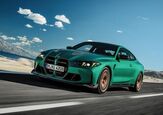

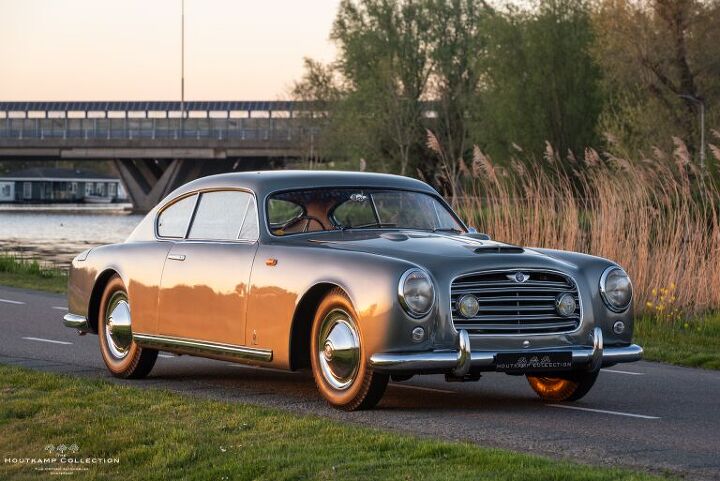


















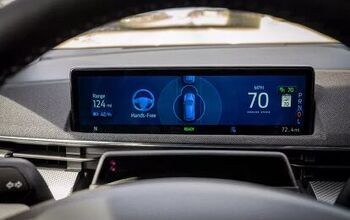
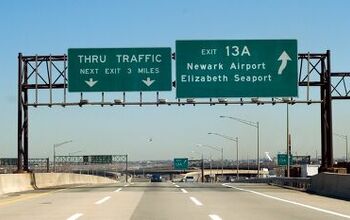
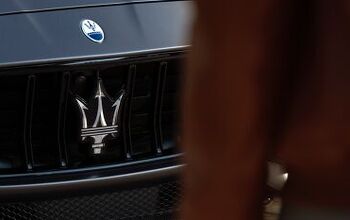
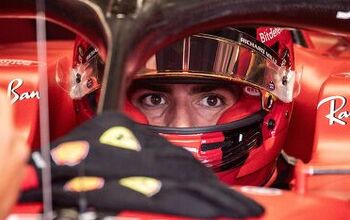


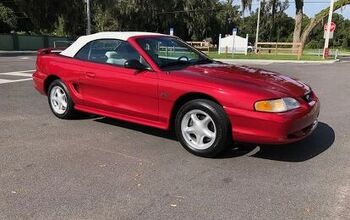
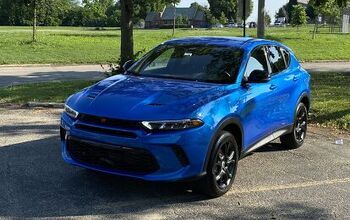
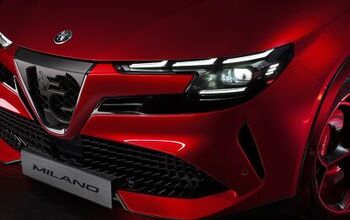

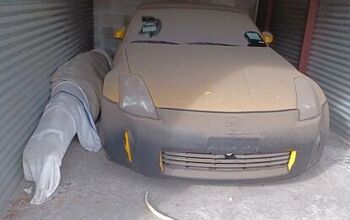
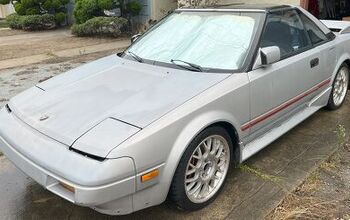


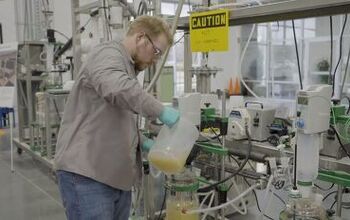
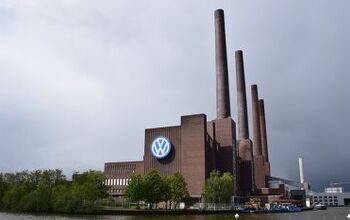

Comments
Join the conversation
Maybe it's just me, but I see a lot of this car in the 1958 Aston Martin DB4.
Wow! Luscious.